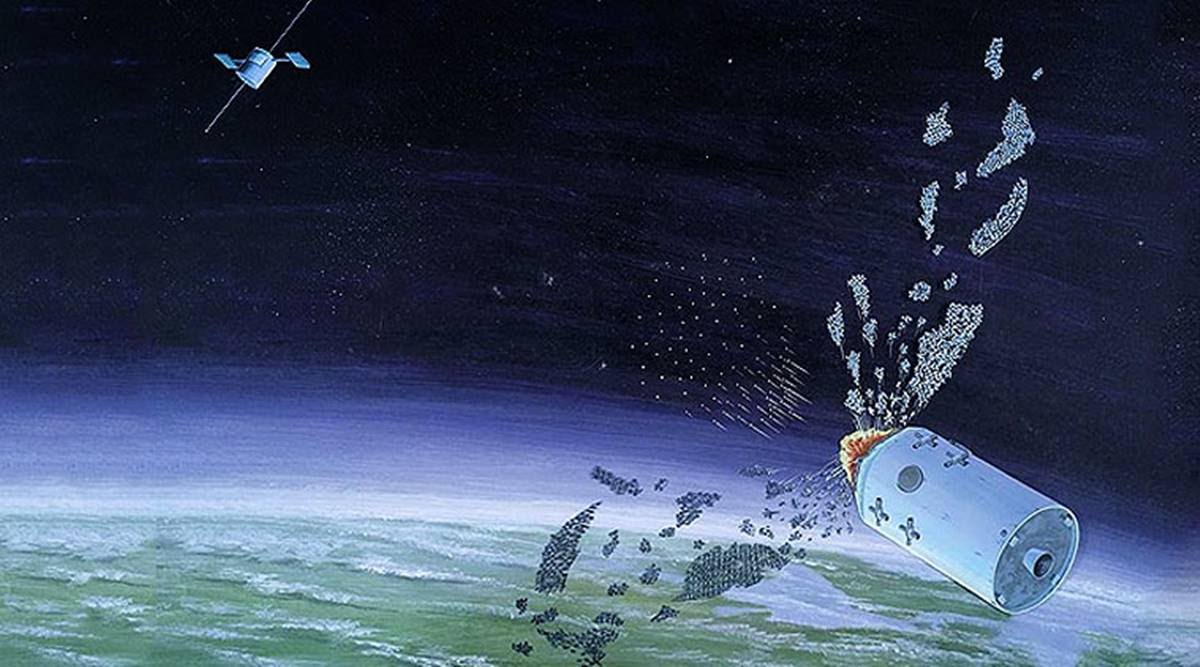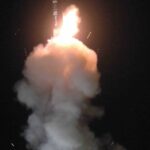
The Defence Research and Development Organisation (DRDO) empowered India in 2019 by carrying out the country’s first anti-satellite (ASAT) missile test — Mission Shakti — apart from successfully developing several important projects like Light Combat Aircraft for Indian Navy, Beyond Visual Range Air-to-Air Missile (BVRAAM) Astra from Su-30 MKI platform.
This year, DRDO chief G. Sateesh Reddy has set a target to achieve self-reliance in missiles, radars, sonars, torpedoes, armaments and early warning systems. He has stated that DRDO intends to have no import for these systems in five years.
DRDO flight-tested Beyond Visual Range Air-to-Air Missile (BVRAAM) Astra from Su-30 MKI platform off the coast of Chandipur in Odisha from September 16 to 19.
The five trials conducted during this period, tested missiles in different configurations. Three missiles were launched in combat configuration with warheads and neutralised manoeuvring targets to establish the end-game capability of the missile. The tests were successful.
The first ever arrested landing of Light Combat Aircraft at INS Hansa ,the Indian naval air station in Goa, took place on September 13. The test will pave the way for the indigenous platform to undertake aircraft carrier landing demonstration on board the Indian Naval aircraft carrier Vikramaditya.
DRDO flight tested indigenously developed low weight, fire and forget man-portable anti-tank guided missile on September 11 in Andhra Pradesh. The missile was launched from a man-portable tripod launcher on the target mimicking a functional tank. The test paves the way for the Indian Army to have third generation indigenous anti-tank guided missile.
The research and development organisation also handed over three indigenously designed airborne early warning and control system Netra to the Indian Air Force on September 11 to augment the service’s network centric capabilities.
They also flight-tested its state-of-the-art quick reaction surface-to-air missile against live aerial targets from Chandipur on August 4.
On March 27, the country joins a select group of nations with capability to neutralises live satellites in low earth orbit. DRDO carried out Anti-Satellite (ASAT) missile test ‘Mission Shakti’ from Odisha.
A DRDO-developed ballistic missile defence interceptor missile engaged a live Indian satellite orbiting in Low Earth Orbit (LEO) in a ‘Hit to Kill’ mode. The test demonstrated India’s capability to defend its assets in outer space and vindicated the strength and robust nature of DRDO’s programmes. In a landmark occasion, Light Combat aircraft Tejas MK I for Indian Air Force was informally awarded final operational clearance (FOC) on February 20.
DRDO successfully conducted two BrahMos supersonic cruise missiles tests, one each from land and air platforms and as part of the series of flight trials of Pinaka missile system, two test firings were successfully conducted.






